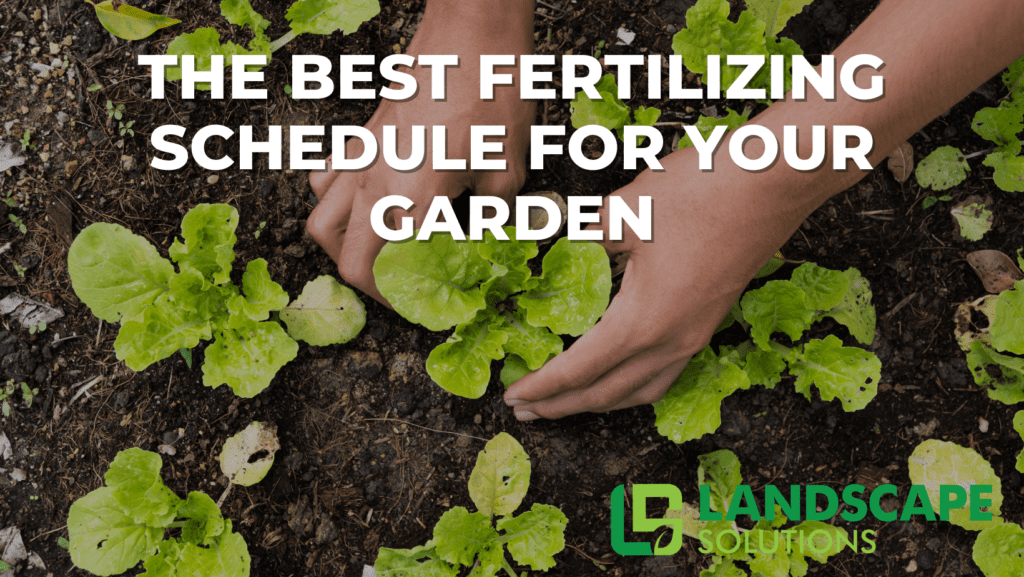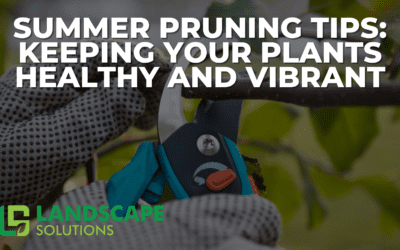
Fertilizing is a crucial aspect of garden maintenance that ensures plants receive the essential nutrients they need for healthy growth. Understanding when and how to apply fertilizers can significantly impact the vitality of your garden. Here’s a comprehensive guide on the best fertilizing schedule to keep your garden thriving.
Understanding Fertilizer
Fertilizers are like nutritional supplements for your garden. They replenish nutrients in the soil that plants need to grow robustly. For instance, tomatoes require soil rich in calcium, and fertilizers help maintain the necessary nutrient levels. If your garden has been previously cultivated, the soil might be depleted of nutrients, making spring fertilization essential before planting new crops.
Why Fertilize?
Fertilizers replace lost nutrients, ensuring the soil remains fertile and capable of supporting plant growth. Without adequate nutrients, plants struggle to grow, produce fewer blooms, and yield less fruit. Fertilizers, whether organic or processed, provide a balanced mix of nutrients that promote healthy plant development.
When to Fertilize Your Garden
Timing is critical when it comes to fertilizing your garden. The needs of your plants vary depending on their growth cycles and the specific type of plants you are growing.
Spring Fertilization
For most edible crops, fertilizing in the spring is ideal. This involves mixing granular fertilizer into the garden soil before planting. If you’ve already planted seeds or seedlings, gently work the granular fertilizer into the upper 3 to 5 inches of soil and water it in. Avoid using liquid fertilizers at this stage, as they can burn young roots.
Perennial flowering plants should be fertilized before new growth begins in the spring, typically when the ground is no longer frozen and the risk of frost has passed. This ensures that new growth, stimulated by the fertilizer, is not damaged by unexpected frost.
Growth-Specific Fertilization
Plants have peak growth periods when they need additional nutrients. For instance:
– Leafy Greens (Lettuce, Arugula, Kale): These plants require early spring fertilization.
– Corn and Squash: Rapid growth occurs in midsummer, necessitating a second round of fertilization just before this period.
– Tomatoes and Potatoes: Extra fertilizer is needed mid-season. For tomatoes, switch to a low-nitrogen fertilizer when they start producing flowers to encourage fruit development over foliage growth.
– Perennials (Blueberries, Strawberries): The timing depends on the plant’s growth cycle. Blueberries benefit from early-season fertilization at bud break, while June-bearing strawberries should be fertilized after harvest.
Ornamental Trees and Shrubs
Ornamental trees, shrubs, and perennials should be fertilized at the start of their growing season as dormancy breaks. This timing supports healthy new growth and flowering.
Always Take a Soil Test
To accurately determine your soil’s nutrient levels, conduct a soil test in the autumn. Soil tests, often available through local cooperative extensions, reveal the nutrient composition and help guide fertilization practices. Testing every few years helps maintain optimal soil fertility and prevents over-fertilization, which can harm plants.
How Much and What Kind of Fertilizer Should You Use?
Fertilizers are labeled with a combination of numbers like 3-4-4 or 8-24-8. These numbers represent the percentage of nitrogen (N), phosphorus (P), and potassium (K) in the fertilizer. Understanding these ratios helps you choose the right fertilizer for your garden’s needs.
Nitrogen (N)
– Promotes leafy growth.
– Too much nitrogen can result in lush foliage but few flowers or fruits.
Phosphorus (P)
– Essential for root development and growth.
Potassium (K)
– Enhances plant resilience against diseases.
General Guidelines
– For vegetables, use a balanced fertilizer like 3-4-4.
– For tomatoes, use a fertilizer with a ratio like 3-4-6, which includes calcium to prevent blossom-end rot.
Processed vs. Organic Fertilizers
Processed Fertilizers
– Manufactured from natural ingredients but refined for concentration.
– Often quick-release, providing immediate nutrients.
– Suitable for specific situations needing rapid nutrient delivery.
Organic Fertilizers
– Derived from plant and animal materials.
– Slow-release, adding organic matter to the soil.
– Environmentally friendly, reducing leaching and pollution.
Applying Fertilizer
Granular Fertilizers
– For the initial application, broadcast over the soil or side-dress around planted rows.
– Work into the top 3 to 5 inches of soil.
– Apply before rain or water in to help nutrients reach plant roots.
Liquid Fertilizers
– Dissolve in water and apply to soil and plant leaves.
– Avoid applying at planting time to prevent root burn.
– Best applied 2-3 weeks after planting when plants have recovered from transplant shock.
– Apply on dry days, preferably in the early morning or evening.
Fertilizing your garden correctly involves understanding the specific needs of your plants and the best times to provide nutrients. By conducting soil tests, choosing the appropriate fertilizer, and following a strategic application schedule, you can ensure your garden remains healthy and productive. For expert advice and professional fertilization services, contact Landscape Solutions at (615) 852-5009 or visit our website. Let us help you create a flourishing garden with our tailored fertilization solutions.



